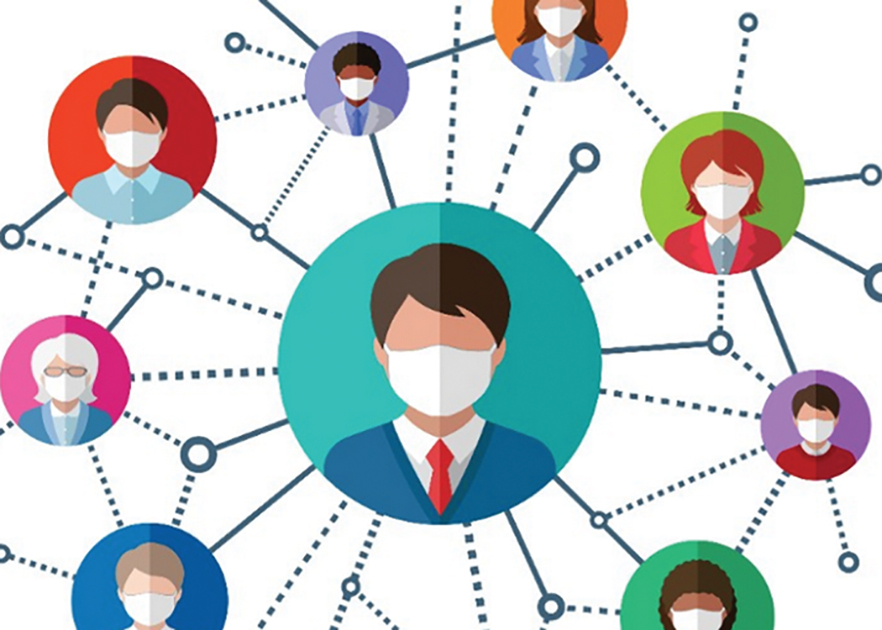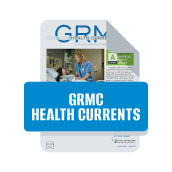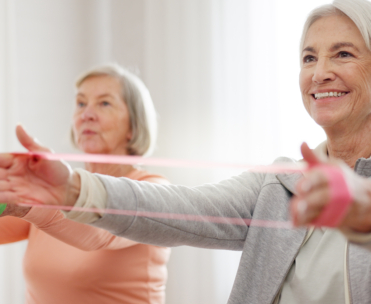
What is Contact Tracing
2 minutes
Some people are getting anxious for the country to reopen. They want to get back to work. They want to go out to restaurants and basically return to their normal lives. Health experts say that’s all likely to be more successful if states can offer widespread testing for the coronavirus, followed up by contact tracing. But you may be wondering how contact tracing works.
A way to control the illness
Contact tracing aims to close the loop around an infected person and their contacts. It helps prevent further spread of infection. It’s been used successfully to control other illnesses, like tuberculosis and SARS. Contact tracing starts with the identification of someone who tests positive for COVID-19. That person is asked to recall their steps over the last few days. They’ll be asked who they came into close contact with since they became sick. Contacts can include anyone who has been around an ill person, including:
- Family members.
- Co-workers.
- Friends.
- Health care providers.
Everyone on the list of contacts will be notified of their contact status. They’ll be told what it means and the steps that will be taken next. Those steps could include:
- Quarantining all contacts.
- Watching them for signs of illness.
- Regularly testing them for infection.
What happens if you’re identified as a contact?
If you’re identified as a contact of someone with COVID-19, you may be asked to quarantine at home or possibly at a hospital if you’re at high risk. You may also be asked to take your temperature often. And you should stay at least 6 feet from others at all times.
Protect your community. Wear a face mask.
To help stop the spread of COVID-19, wear a cloth face mask in public places where social distancing is hard to maintain. Avoid touching your mouth, nose and eyes when taking it off. And clean it routinely in the washing machine.
Sources: Centers for Disease Control and Prevention; Infectious Diseases Society of America; World Health Organization



